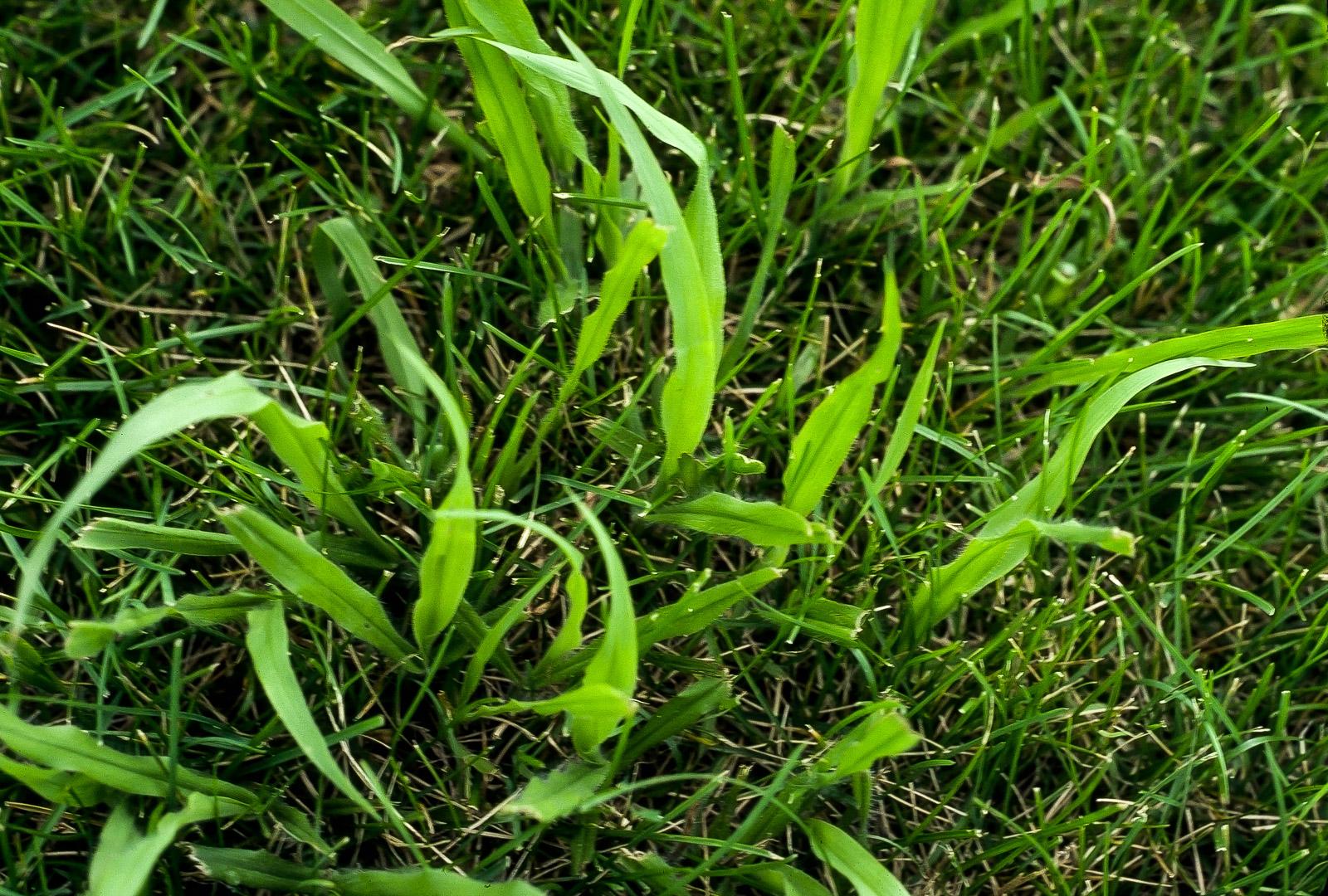Management In lawns
Lawn care practices
Maintain healthy, dense turf that can compete and prevent weed establishment. Correct areas of poor drainage.
Lawn Care
Mechanical management
Hand pulling or using an appropriate weeding tool to dig out the weed are the primary means of mechanical weed control. This is a viable option at the beginning of an infestation and on young weeds. Hand pulling when the soil is moist makes the task easier.
Manage Weeds Without Chemicals
Chemical management
Certain postemergent herbicides labeled to kill crabgrass are also labeled for dallisgrass control. Check product labels. Small infestations can be dug out or sprayed with a non-selective herbicide that contains glyphosate. Reseed the area after you are certain that you have 100% kill. Herbicides that contain MSMA and DSMA, which were classically used to control Dallisgrass, are no longer labeled to be used on home turf.
Lawn Herbicides for Weed Management
